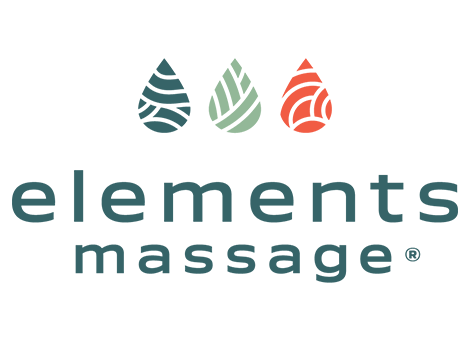Red light therapy, also known as low-level light therapy (LLLT), is a non-invasive and painless therapy that uses red and near-infrared light to promote healing and reduce inflammation. In recent years, red light therapy has gained popularity as a natural and alternative treatment for a variety of health conditions. This article will explore the efficacy of red light therapy and the scientific evidence that supports its use.
How does red light therapy work?
Red light therapy works by delivering low-level energy to the cells of the body, which stimulates the production of ATP (adenosine triphosphate) and other cellular processes. ATP is the main source of energy for cells, and increased ATP production can help cells function more efficiently and heal more quickly. Additionally, red light therapy has been shown to stimulate the production of collagen and elastin, which are important proteins that help keep the skin healthy and elastic.
What are the benefits of red light therapy?
Red light therapy has been studied for its potential benefits in a variety of health conditions, including:
-
Skin conditions: Red light therapy has been shown to improve the appearance of wrinkles, fine lines, and acne scars, and to promote wound healing and reduce inflammation in the skin.
-
Pain management: Red light therapy has been shown to reduce pain and inflammation in a variety of conditions, including arthritis, fibromyalgia, and chronic back pain.
-
Mental health: Red light therapy has been studied for its potential to improve mood and reduce symptoms of depression and anxiety.
-
Sports performance: Red light therapy has been shown to improve muscle recovery and reduce muscle fatigue, which may help improve athletic performance.
-
Hair loss: Red light therapy has been studied for its potential to promote hair growth and reduce hair loss.
What does the research say?
While the scientific research on red light therapy is still in its early stages, there is a growing body of evidence that supports its efficacy in treating a variety of health conditions. A 2018 systematic review of the literature on red light therapy found that it was effective in reducing pain and inflammation in a variety of conditions, including osteoarthritis, chronic back pain, and sports injuries (1). Another review of the literature on red light therapy and skin health found that it was effective in improving the appearance of wrinkles, fine lines, and other signs of aging (2).
In addition to these reviews, there have been a number of clinical trials that have studied the efficacy of red light therapy in treating specific conditions. For example, a 2016 study found that red light therapy was effective in reducing pain and improving function in patients with knee osteoarthritis (3). Another study from 2017 found that red light therapy was effective in reducing pain and improving range of motion in patients with shoulder pain (4).
Conclusion
Red light therapy is a promising and non-invasive treatment option for a variety of health conditions. While the scientific research on its efficacy is still in its early stages, there is a growing body of evidence that supports its use. If you are considering red light therapy as a treatment option, it is important to consult with a qualified healthcare provider to determine if it is right for you.
References:
-
Bjordal JM, et al. A systematic review of low level laser therapy with location-specific doses for pain from chronic joint disorders. The Cochrane database of systematic reviews. 2018;2:CD013091.
-
Avci P, et al. Low-level laser (light) therapy (LLLT) in skin: stimulating, healing, restoring. Seminars in cutaneous medicine and surgery. 2013;32(1):41-52.
-
Huang Z, et al. Effectiveness of low-level laser therapy in patients with knee osteoarthritis: a systematic
-
ChatGPT - Please write an article with references about the efficacy of red light therapy

